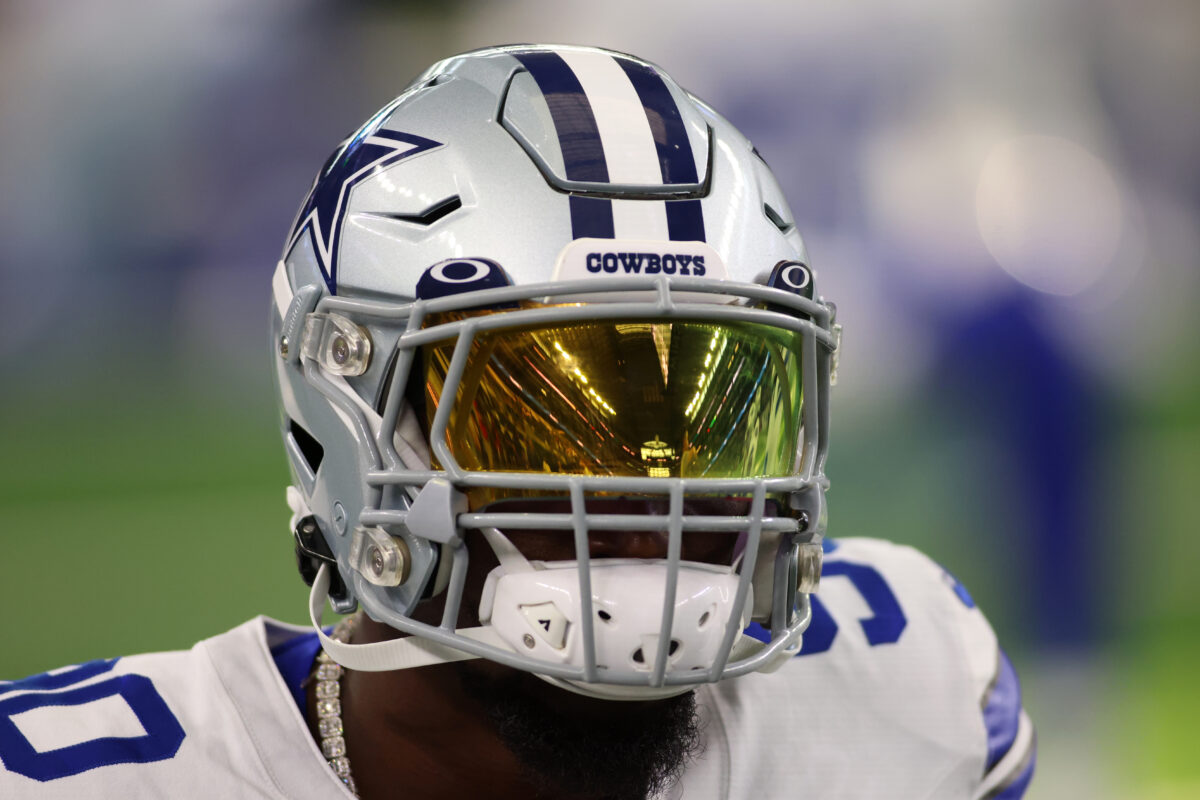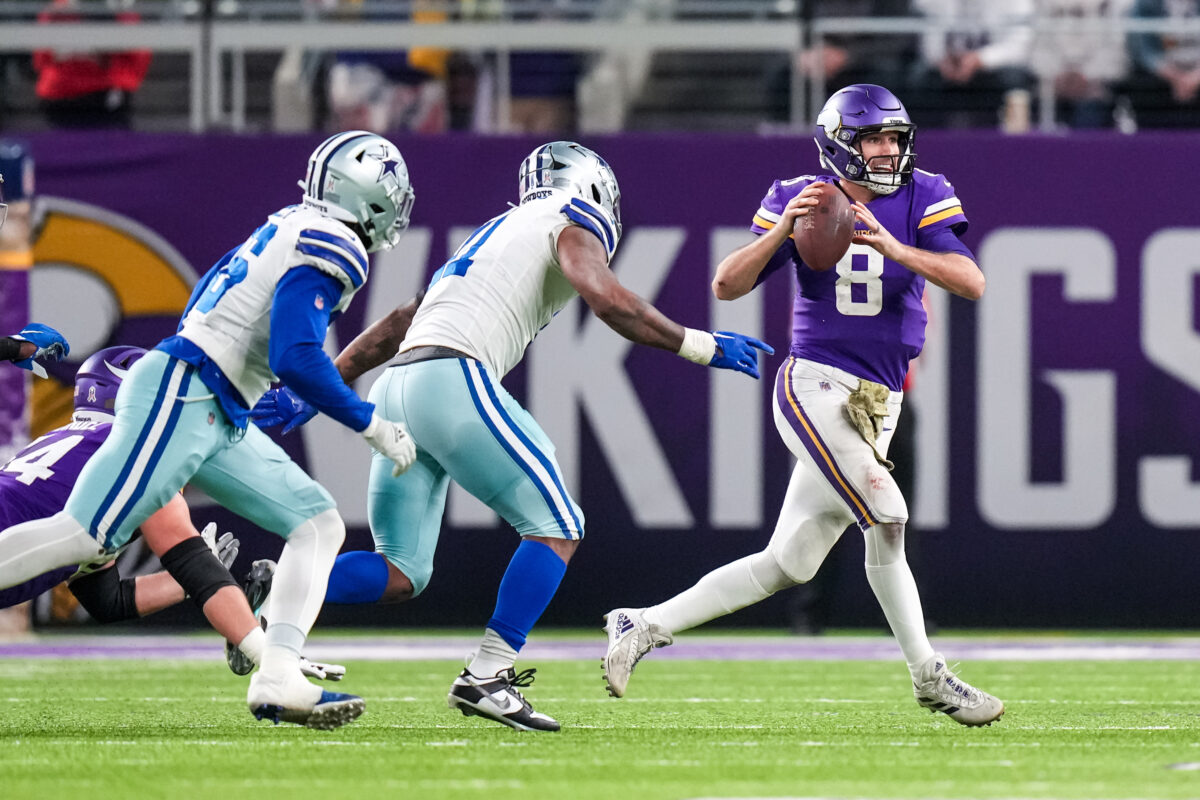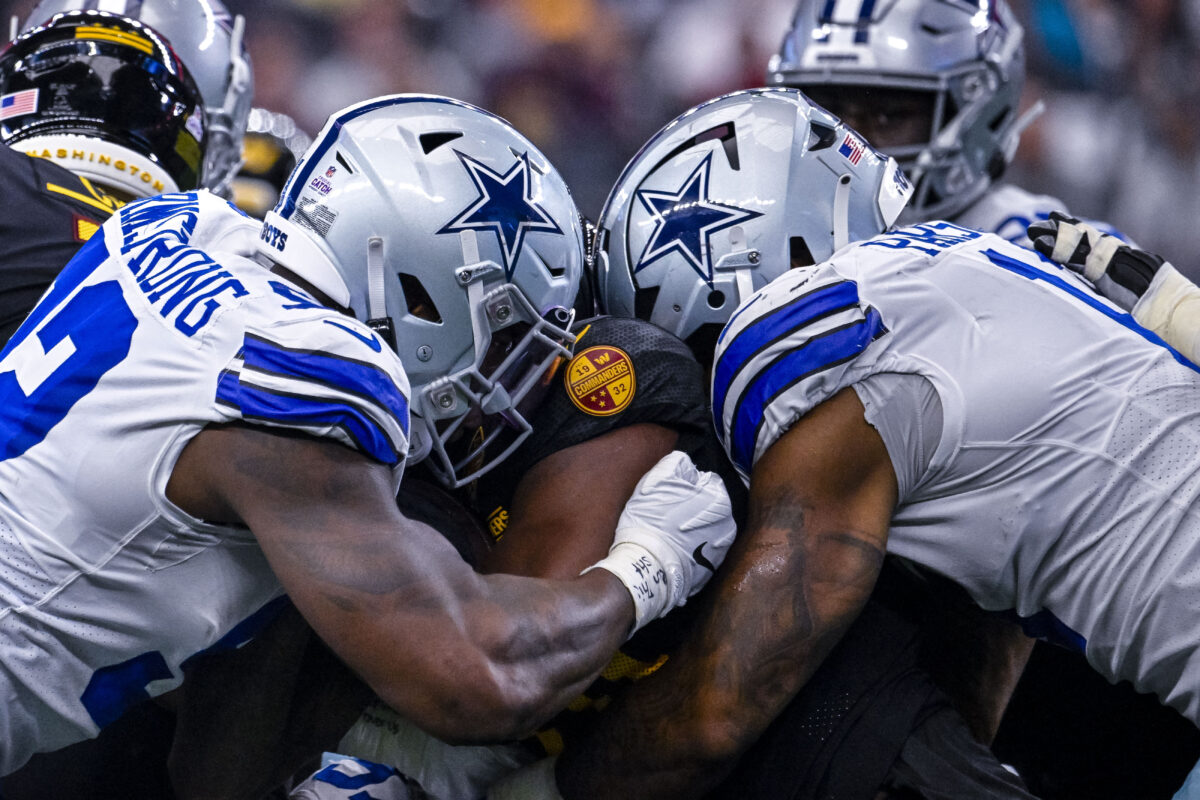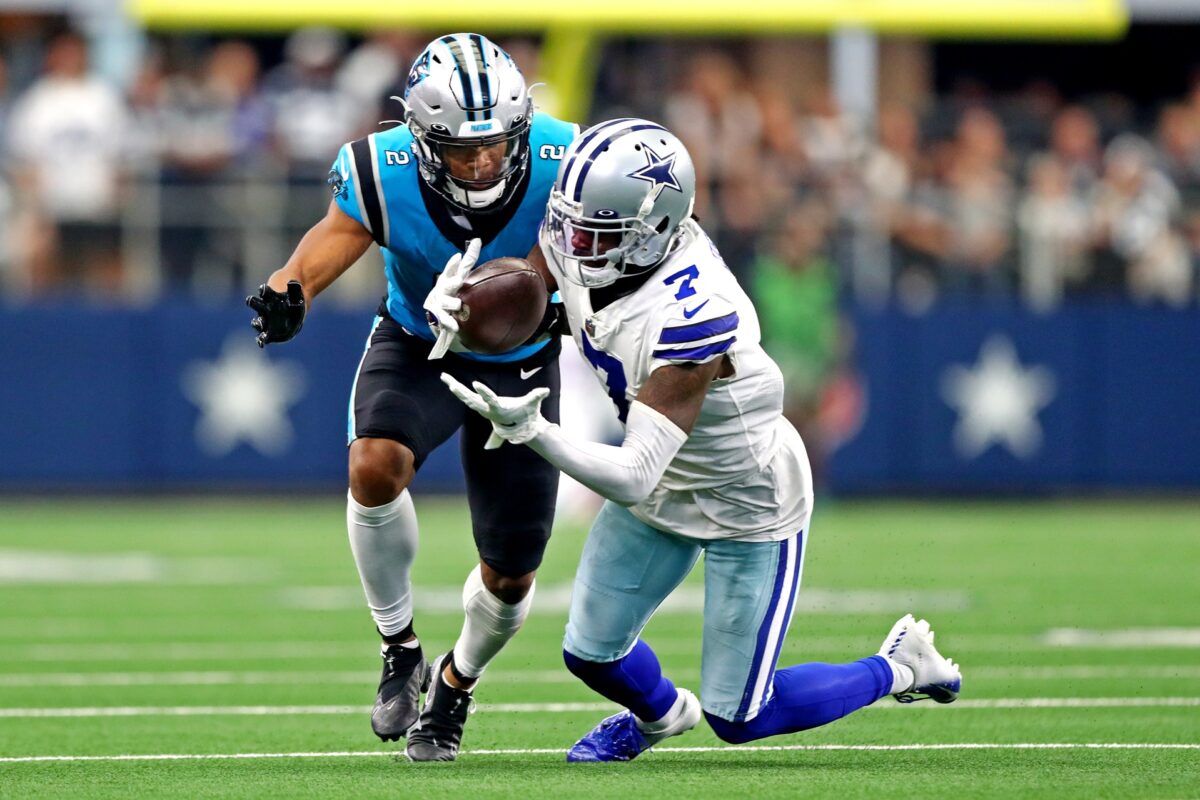One week after scoring 9 points against one of the NFL’s worst defenses, the Packers will get a big test from Micah Parsons and the Cowboys defense.
Stop me if you’ve heard this before, but the Green Bay Packers are going up against one of the NFL’s top defenses once again, this time the Dallas Cowboys, who rank third in points per game allowed. In fact, between games played and ones upcoming, the Packers will face nine of the current top-12 defensive units by points per game this season.
This isn’t a particularly good thing for a stumbling Packers offense that scored just nine points against a Detroit defense that is statistically the worst in the NFL and on a historically bad pace.
As has been the case for much of the season, the Packers will enter Sunday’s contest with question marks along the offensive line, not knowing whether or not David Bakhtiari will be available after he missed most of the second half in Detroit. All things considered, the unit we saw on Sunday held up well in pass protection – although they struggled to create running lanes against a Lions’ front that was daring Green Bay to throw – but with that said, it wasn’t exactly a very productive pass rush unit they were up against either.
The Cowboys, meanwhile, enter this week ranked first in pressure rate and first in sacks, led by Micah Parsons. In addition to simply trying to slow Parsons, the added challenge that he brings is that from snap to snap, he could be lined up just about anywhere.
“The way he (Dan Quinn) moves Micah all over the field, and you don’t know where he’s going to be,” said Matt LaFleur on Wednesday. “They can just line up in a variety of different ways, and it presents a lot of challenges in terms of what you’re asking your players to do. He’s a game wrecker, especially if you let him. And the thing is, he’s not the only one. They platoon their defensive line, and those guys do such a great job of playing with unbelievable energy and effort, and you can truly see their play style on tape.”
However, as fierce as this Dallas pass rush is, the Cowboys have been susceptible on the ground, allowing 4.7 yards per carry and ranking 29th in ESPN’s run-stop win rate metric. Given Dallas’ ability to get after the quarterback, having Aaron Jones not only available but leaning on him heavily should be a key element to the Packers offense-although that’s the case every week, whether or not it actually happens.
We may see Dallas take a similar approach as Detroit did, where they put an emphasis on slowing the run game, thus daring Aaron Rodgers to throw the ball against the Cowboys’ aggressive secondary. Cornerback Trevon Diggs is third in pass breakups this season and tied for second in interceptions. As a team, the Cowboys rank third in turnover differential with seven interceptions and six forced fumbles.
“They do a great job of taking the ball away,” said LaFleur. “They got guys with tremendous ball skills on the back end. Obviously, everybody knows about Diggs and his ability to go get the football, but it’s not just him; I think they all truly feed off one another. You can see the defensive backs play a certain style because they know they’re going to get home with the pass rush. So it’s going to be a great challenge. We’ve played some other great defenses this year, and I’d put these guys up with anybody.”
Without a somewhat effective rushing attack, whether that be due to Dallas taking it away or the Packers getting pass happy, becoming one-dimensional against this Dallas front, which is then able to pin its ears back, is a recipe for disaster. Oftentimes during the LaFleur tenure, we’ve seen how quickly things go bad in these situations.
Rodgers and LaFleur may also opt to utilize the quick passing game often, a tactic they’ve relied on frequently this season with a banged-up offensive line. Through nine games, Rodgers’ average time to throw this season is the lowest of his career, according to PFF.
This certainly isn’t a bad strategy when it comes to keeping Rodgers clean – although he hasn’t been great from clean pockets – but it hasn’t been a sustainable strategy when it comes to putting up points either. Regularly trying to string together 13-plus play drives with short completions and rush attempts isn’t an effective way to score a lot of points, especially if Dallas is going to shrink the field by playing closer to the line of scrimmage.
Although the downfield attempts can’t be forced like they often were in Detroit, that element needs to be a part of this Packers’ offense if they are going to move the ball with any regularity. The Buffalo game is a prime example of how successful small ball – to steal a baseball term – isn’t necessarily going to lead to points. These downfield passes, in turn, will also help create opportunities for the run and quick passing games as well if Green Bay can hit on a few.
Early down success, regardless of what avenue that comes from (quick passes, downfield throws, or the run game), will be a must for Green Bay. It will keep them out of third downs, as well as help open up LaFleur’s playbook and put Green Bay in manageable third-down situations. If not, they’ll be forced to convert against a defense that ranks ninth in third-down percentage this season.
At 3-6, things look quite bleak for the Packers. In addition to their own struggles that they are dealing with on offense, following their game with Dallas, they face the 5-3 Titans and 8-0 Eagles, both of whom have top-10 defenses as well.
“It’s 100 miles per hour,” said LaFleur in regards to how this Dallas defense plays. “It’s guys truly playing every play as if it were their last. You see it all over, all the guys hustle and they’ve got great players too, so that makes it much more challenging, when you can get that out of those guys, it presents a lot of challenges.”










